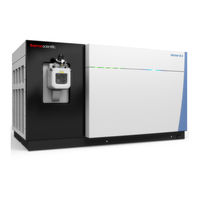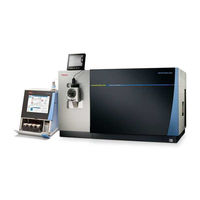Thermo Scientific Orbitrap ID-X Manuals
Manuals and User Guides for Thermo Scientific Orbitrap ID-X. We have 2 Thermo Scientific Orbitrap ID-X manuals available for free PDF download: Getting Started Manual
Thermo Scientific Orbitrap ID-X Getting Started Manual (116 pages)
Orbitrap Tribrid Series
Brand: Thermo Scientific
|
Category: Laboratory Equipment
|
Size: 4.32 MB
Table of Contents
Advertisement
Thermo Scientific Orbitrap ID-X Getting Started Manual (42 pages)
Orbitrap Tribrid Series
Brand: Thermo Scientific
|
Category: Measuring Instruments
|
Size: 3.35 MB
Table of Contents
Advertisement
Related Products
- Thermo Scientific Orbitrap Fusion Lumos MS
- Thermo Scientific Orbitrap Fusion MS
- Thermo Scientific Orbitrap Fusion Lumos
- Thermo Scientific Orbitrap Fusion
- Thermo Scientific Orion 960
- Thermo Scientific Orion ROSS Ultra
- Thermo Scientific Orion ROSS Ultra Triode
- Thermo Scientific Orion ROSS
- Thermo Scientific Heratherm OGS 100
- Thermo Scientific Heratherm OGS 180

